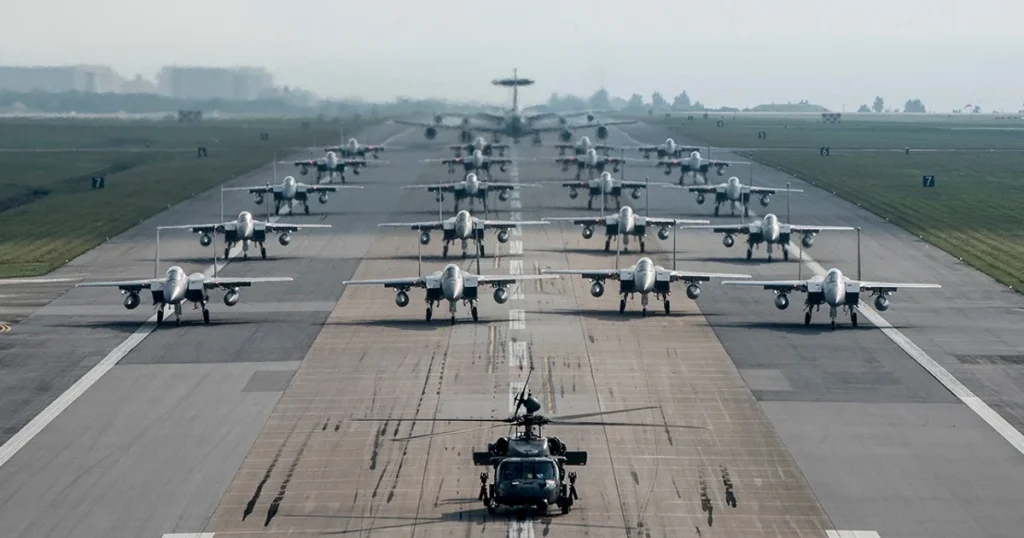After Russian drones entered Polish airspace last month, European Commission President Ursula von der Leyen called for a “drone wall” to shield Europe’s eastern borders.
Recent drone incidents over airports in Denmark and Germany have heightened the urgency for stronger defenses.
A New Defense Vision
The proposal, now called the European Drone Defense Initiative, aims to create a network of anti-drone systems across Europe.
European Defence Commissioner Andrius Kubilius admitted current capabilities are limited. He stressed the need to learn from Ukraine’s experience countering Russian drones for nearly four years.
The initiative tests the EU’s ambition to take a bigger role in defense, traditionally led by national governments and NATO. It also responds to U.S. calls for Europe to bolster its own security.
Challenges and Debates
The plan faces hurdles. Southern and western EU countries argue it should cover the entire continent, not just eastern borders.
France and Germany, key players in defense, are cautious about giving the European Commission too much control.
Some officials question the “drone wall” name, saying it suggests an unrealistic promise of total protection.
To gain support, the Commission has shifted to a continent-wide approach, integrating sensors, jammers, and weapons.
The initiative, set to be detailed in a defense policy roadmap on Thursday, could benefit companies like Germany’s Rheinmetall and Baltic startups.
High Costs and Complex Systems
The project’s cost is unclear, but experts predict billions in orders for anti-drone tech. It would use cameras, radars, acoustic sensors, and radio-frequency detectors, paired with weapons like machine guns, rockets, and lasers.
Artificial intelligence would help identify and target drones. Ukrainian experts emphasize the need for fast, adaptable interceptors, noting that Russian drones recently outpaced early Ukrainian models.
Training is also critical. Skilled pilots often outperform automated systems, requiring constant updates as drone tactics evolve.
Industry and NATO Integration
Defense firms are eager to contribute. Germany’s Rheinmetall pushes cannon-based systems as cost-effective against drone swarms, while others advocate for interceptor drones.
Companies like Alpine Eagle have proposed layered defense blueprints. However, systems must integrate with NATO’s air defenses, a complex task.
Smaller nations support the Commission’s coordination role, but larger ones prefer national control. Funding could come from national budgets or the EU’s 150 billion euro SAFE loans scheme, with broader EU funds possible if approved as a European Defence Project.
Outlook and Skepticism
Some, like Alpine Eagle’s CEO, believe the system could launch within a year with political will. Others, including Germany’s Defence Minister, predict a longer timeline due to costs and cross-border challenges. The EU and NATO must align efforts to make this vision a reality.
READ ALSO: IMF Urges Nigeria to Cut Debt for Economic Resilience























